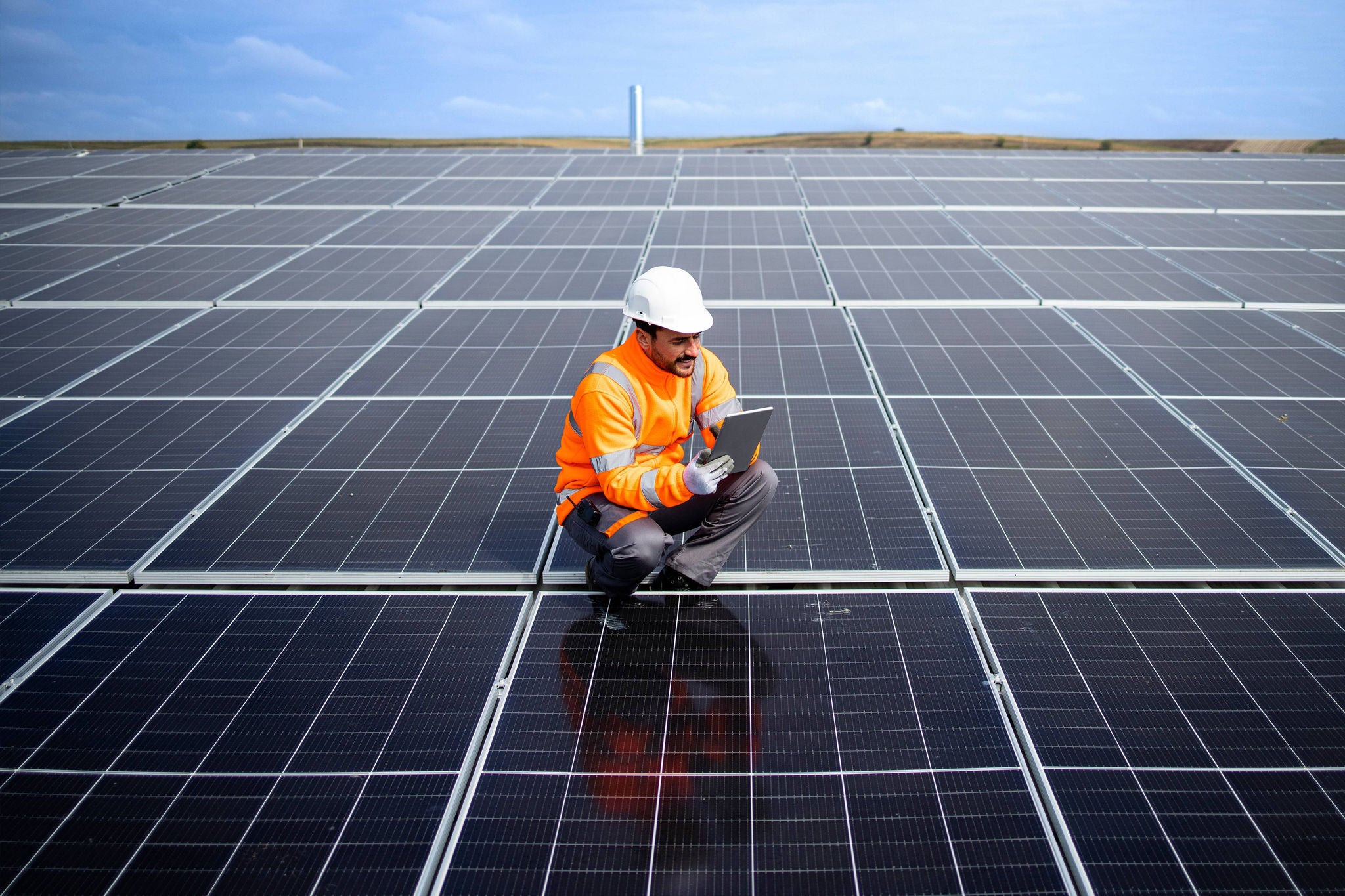EY refers to the global organization, and may refer to one or more, of the member firms of Ernst & Young Global Limited, each of which is a separate legal entity. Ernst & Young Global Limited, a UK company limited by guarantee, does not provide services to clients.
How EY can help
-
Discover how EY's Supply Chain Transformation solution can help your business move towards fully autonomous, connected supply chains that drive business growth.
Read more -
Innovative EY supply chain solutions enhance efficiency, drive transformation and optimize end-to-end operations for lasting business success.
Read more
Our macroeconomic environment still involves longer lead times for transformers, cable, meters and other equipment, while shifts in the labor market have made it harder than ever to find needed engineering and construction talent. Amid a struggle with inflation over the past few years, many power producers and utilities were further constrained as available capital became scarcer. The implications resonated into project management, procurement and beyond as players in the sector confronted delivering net-new large capital projects to build renewable assets; preparing the grid for rapid expansion of the use of electric vehicles (EVs); and maintaining legacy generation, transmission and distribution assets amid cost pressures and some failed rate cases. All of these factors have complicated the industry’s drive toward a greener future.
However, the priorities remain the same, so utilities must shake off a mentality of buying what is needed, when it’s needed, with a sole focus on price. Instead, today’s imperative is to evolve supply chain capabilities to better control risks and support continued growth. By building strategic supplier relationships, sharing demand plans across multiple horizons and integrating category management with project execution, utilities can better manage market volatility and take advantage of new sources of supply and technology. Here’s how.







